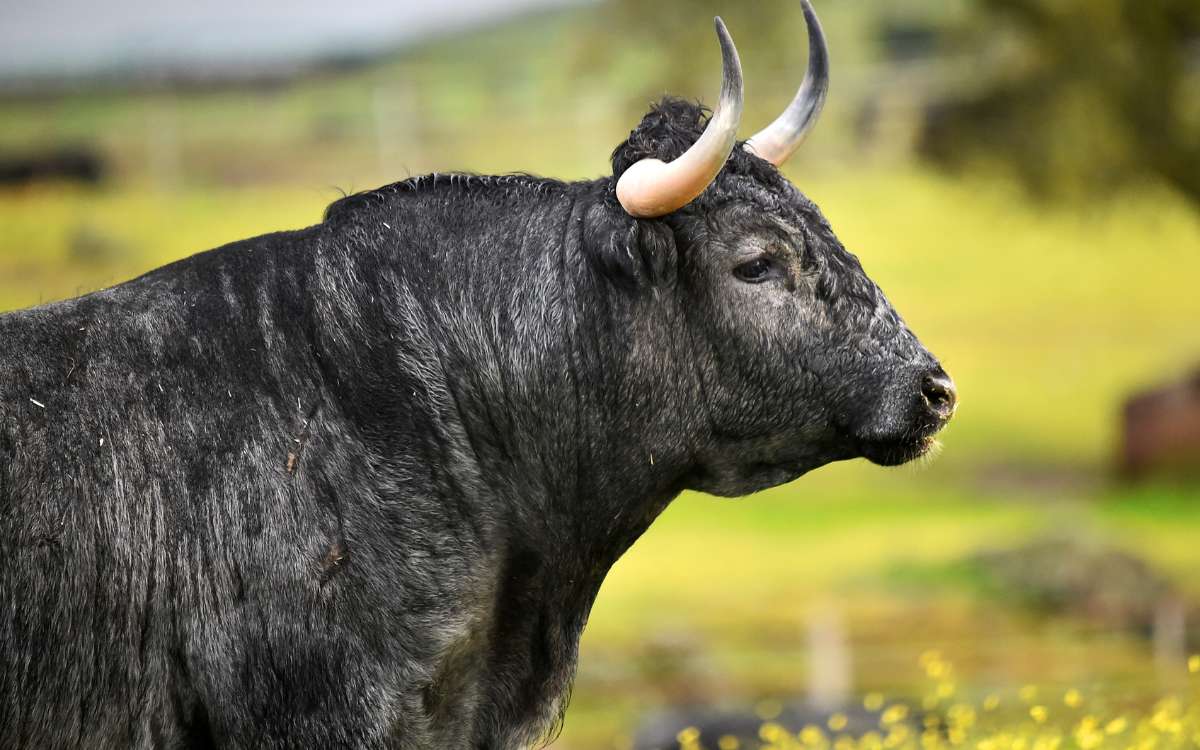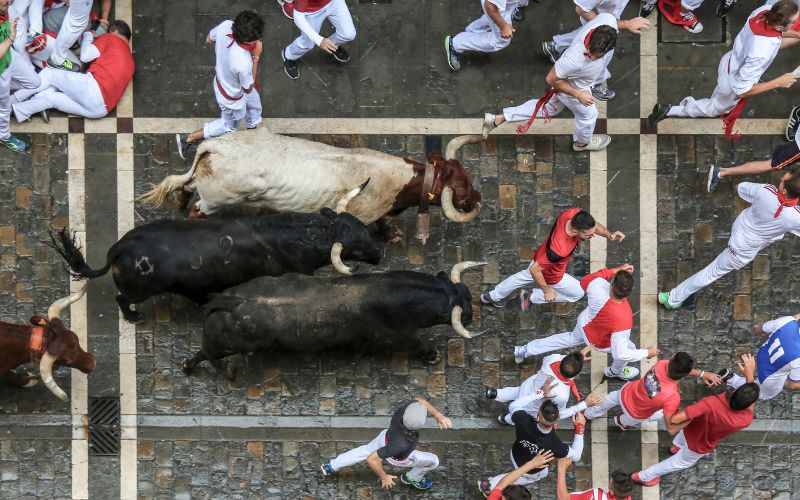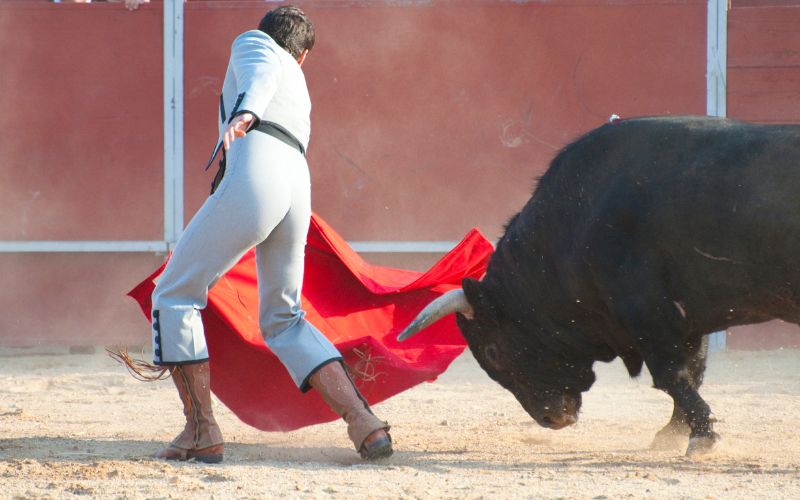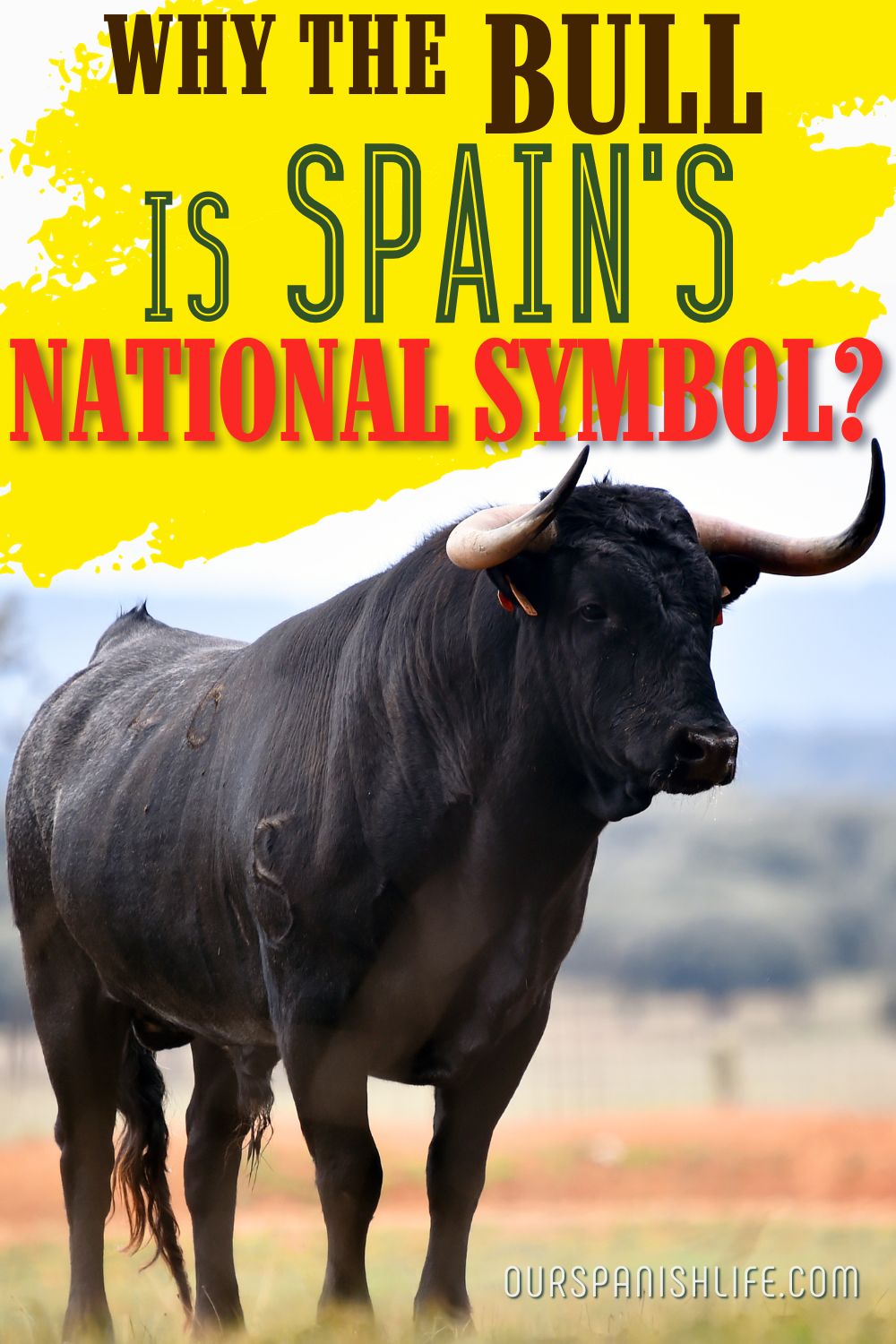Spain is known for its rich culture, history, and traditions. One of the most recognizable symbols of Spain is the bull.
The bull has become an emblem of the nation and the Spanish people. It is a symbol that represents strength, power, and determination.
But why is the bull the national symbol of Spain?

The bull has been a significant part of Spanish culture since ancient times.
Bulls were first used for agricultural purposes, but later, they became a part of religious festivals and celebrations.
The bullfighting tradition in Spain dates back to the 8th century, and it has become an integral part of Spanish culture.
The bullfighting tradition has contributed to the bull’s symbolism in Spain, but it is not the only reason why the bull is the national symbol of Spain.
There are many theories about why the bull is the national symbol of Spain. One theory suggests that the bull represents the country’s strength and power.
Another theory suggests that the bull symbolizes the Spanish people’s fighting spirit and determination.
Regardless of the reason, the bull has become an iconic symbol of Spain and an integral part of its culture and traditions.
History of Bullfighting in Spain
Origins of Bullfighting in Spain
Bullfighting has been a part of Spanish culture for centuries, dating back to ancient Rome.
However, it wasn’t until the 18th century that bullfighting as we know it today began to take shape.
Experts consider that modern Spanish bullfighting started in 1726 when Francisco Romero, a significant matador from Ronda, introduced the use of the sword (estoque) and the famous red cape (muleta) into the bullfight.
After this exploit, humble people started to practice it on foot.
Evolution of Bullfighting in Spain
Over time, bullfighting became more complex and stylized, with strict rules and rituals governing every aspect of the performance.
During the reign of Philip IV (1621-65), the lance was discarded in favour of the rejoncillo (short spear), and leg armour was introduced to protect the mounted bullfighters.
For 600 years the bullfighting spectacle consisted of a mounted aristocrat armed with a lance.
Today, bullfighting is a highly controversial sport that has been banned in some parts of Spain and other countries.
Despite the controversy, it remains an important part of Spanish culture and continues to attract large crowds of spectators.
In conclusion, the history of bullfighting in Spain is a long and complex one, with its origins dating back to ancient Rome.
While the sport has evolved over time, it remains an important part of Spanish culture and continues to attract fans from around the world.
Role of the Bull in Spanish Culture

The bull has played a significant role in Spanish culture for centuries, with its symbolism and significance dating back to ancient times.
From religious rituals to modern-day bullfighting, the bull has remained an important symbol of Spain’s cultural heritage.
Religious Significance of the Bull in Spain
The bull has a long-standing religious significance in Spain, with evidence of bull worship dating back to prehistoric times.
In ancient times, the bull was regarded as a symbol of power and strength, and it was often associated with the gods.
During the Middle Ages, the bull became a symbol of the Christian faith.
The bull was used in religious festivals and processions, and it was often sacrificed in honor of the saints.
The bullfighting tradition, which began in the 18th century, was also closely linked to religious festivals and celebrations.
Symbolic Meaning of the Bull in Spanish Culture
The bull has come to symbolize many things in Spanish culture, including strength, courage, and virility.
It is often associated with the Spanish character and is seen as a representation of the country’s national identity.
The Osborne Bulls, large black silhouettes of bulls that stand along Spanish highways, have become an iconic symbol of Spain.
The bulls were originally created as advertisements for Osborne Sherry in 1956, but they have since become a national symbol that represents the spirit of Spain.
Bullfighting, also known as tauromachia, is another important aspect of Spanish culture that is closely associated with the bull.
While it remains a controversial practice, bullfighting is seen by many as an important part of Spain’s cultural heritage.
The Bull as a National Symbol

Spain’s national symbol is the bull, representing the country’s strength, power, and determination.
The bull is a symbolic figure in Spanish culture and has become an integral part of the nation’s identity.
The Bull as a Symbol of Spain’s National Identity
The bull has been a symbol of Spain’s national identity since the 12th century when it was adopted as the country’s official emblem.
The bull represents Spain’s history, culture, and traditions, and it is often associated with the country’s passion, courage, and bravery.
The bullfighting tradition is deeply rooted in Spanish culture, and it is considered an art form that showcases the bull’s strength and the matador’s skill.
The bull is also a symbol of Spain’s economic prosperity, as the country is one of the largest producers of beef in the world.
The image of the bull is often used in advertising and marketing campaigns to promote Spanish products and services.
Controversies Surrounding the Bull as a National Symbol
Despite its popularity, the bull as a national symbol has been a source of controversy in recent years.
Animal rights activists have criticized the use of the bull as a symbol of Spanish culture, arguing that bullfighting is a cruel and inhumane practice that should be banned.
The controversy has led to protests and demonstrations against bullfighting and the use of the bull as a national symbol.
In 2018, the Spanish government banned the use of live bulls and horses in bullfighting events in the Balearic Islands, a move that was hailed by animal rights activists.
However, the bull remains a powerful symbol of Spanish culture and identity, and it is unlikely that it will be replaced anytime soon.
Conclusion
The bull has been a symbol of Spain for centuries, representing the country’s strength, power, and determination.
It has been used in various forms of art, including paintings, sculptures, and even advertisements.
The Osborne bull, in particular, has become an iconic symbol of Spain, towering over the country’s motorways and attracting millions of tourists every year.
Despite its controversial association with bullfighting, the bull remains an important part of Spanish culture and heritage.
It represents the country’s history, traditions, and values, and is a source of pride for many Spaniards.
However, it is important to note that not all Spaniards support bullfighting, and the practice has faced increasing criticism and opposition in recent years.
Overall, the bull’s status as the national symbol of Spain is deeply rooted in the country’s history and culture.
It serves as a reminder of Spain’s past and present and continues to inspire and captivate people around the world.

